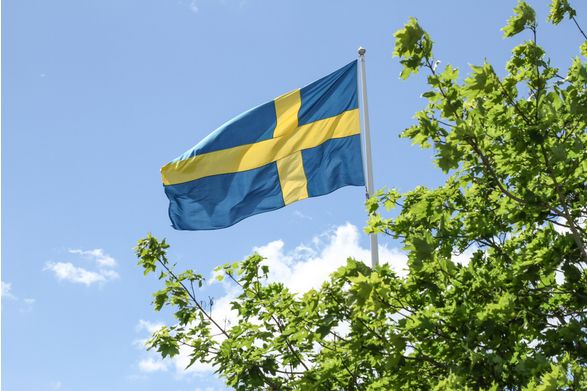For some reason, American perceptions of Sweden are permanently stuck in the 1970s and 1980s, when the Scandinavian country became famous for extremely high levels of taxation, government spending, and regulation. If a conservative argues that socialism doesn’t work, a progressive is apt to respond, “Well, what about Sweden?”
To which the obvious answer is: “Yes, what about Sweden?”
The short version of modern Swedish economic history is that the country got rich thanks to capitalism, then built a socialist-style welfare state, and then — after a devastating financial crisis in the early 1990s — introduced sweeping free-market reforms.
In a Wall Street Journal interview, Swedish scholar Johan Norberg dispels some of the most popular myths about how his homeland compares with the United States.
For example: Does Sweden practice a kinder, gentler form of capitalism? Actually, the Swedish economy is “more deregulated,” with “much fiercer competition” in the product markets and “much more free trade,” Norberg tells the Journal. “All of the companies know that they have to be world champions or they will be destroyed.”
Does Sweden have a more progressive tax system? In fact, says Norberg, “We have much higher taxes on the poor and the middle classes than you do,” including a nationwide value-added tax with a standard rate of 25 percent.
Does Swedish health care reflect the “Medicare for All” model espoused by Bernie Sanders? While the country has a government-run system that provides universal insurance coverage, the system is highly decentralized, and it increasingly relies on private companies to deliver services. “One of the biggest hospitals in Stockholm was privatized,” Norberg observes, “and you can go to private providers. And the first line of health-care defense, in a way, is often private clinics.” (Back in 2013, the Economist noted that “Sweden has gone further than any other European country in embracing the purchaser-provider split — that is, in using government money to buy public services from whichever providers, public or private, offer the best combination of price and quality.”)
In other words, the real Sweden is quite different from the mythical Sweden described by Senator Sanders and other American progressives.
To be fair, the Nordic country still has a generous welfare state, and it still has strong labor regulations designed to protect workers. As Norberg explains, such regulations may have seemed like a good idea when Sweden had “a homogenous workforce with very high education and experiences in the Swedish language.” Today, however, the country has a large immigrant population, one that has grown enormously over the past half-decade alone, thanks to a surge of migration from the Middle East and Africa. Rigid labor markets make it harder for less-skilled workers to find jobs, and lavish government benefits encourage dependency. Not surprisingly, there’s a huge employment gap between native-born Swedes and non-European immigrants to Sweden.
Mass immigration has thus exposed the downside of Swedish labor and welfare policies. It has also created stark problems with crime and assimilation. As Swedish commentator Tove Lifvendahl wrote in 2016, the country has become a case study in “how not to handle a migration crisis.”
For more on the lessons America can draw from Sweden — and from Scandinavia as a whole — check out my November 2016 IWF policy focus.


